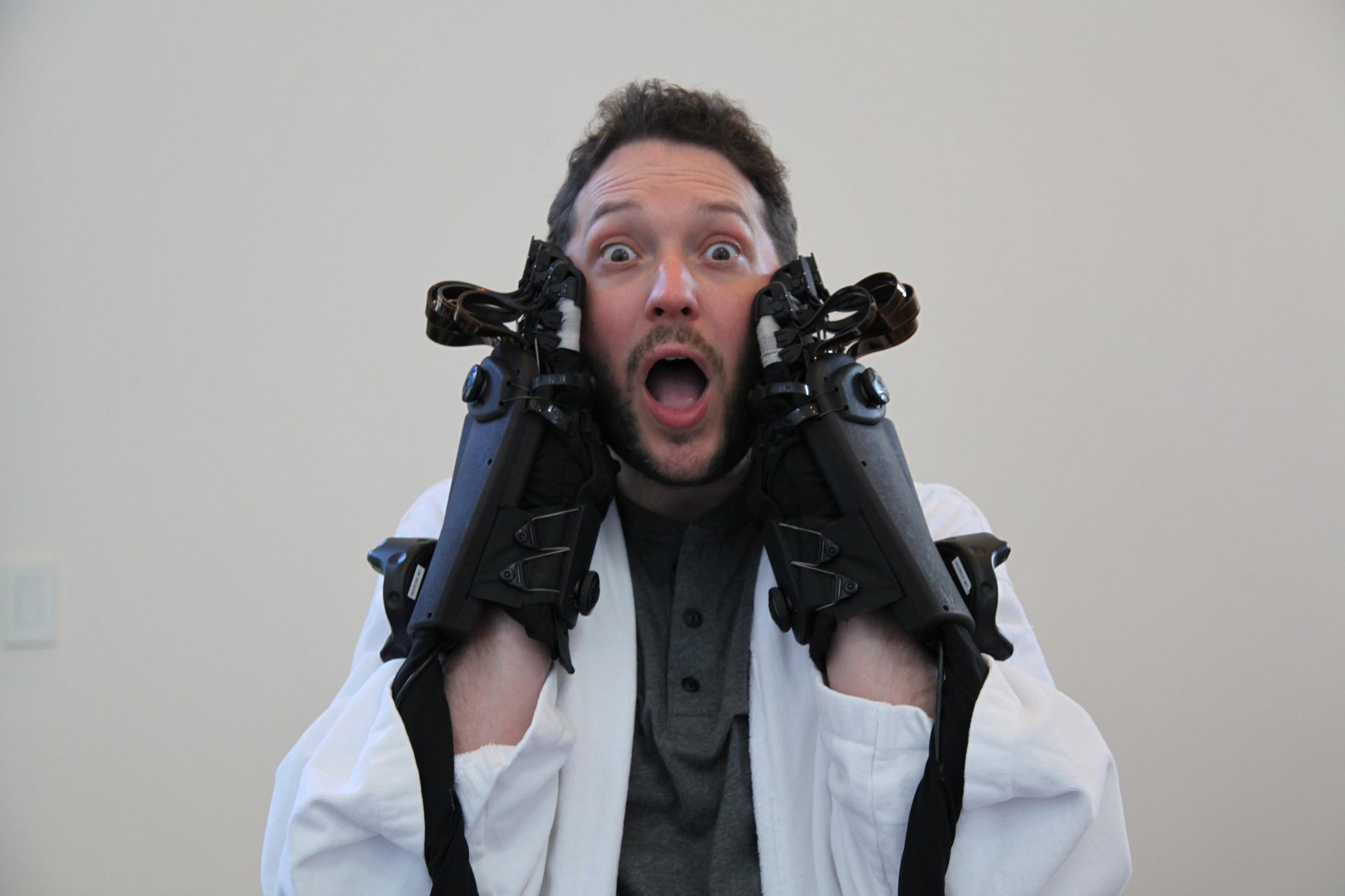
Haptics, telepresence and 5G are leading to many unexpected advances that could benefit us all.
Comedian Jon Richardson is sitting in a hotel room in Las Vegas wearing some hi-tech gloves linked to a computer.
More than 5,000 miles away in London, his wife, comedian Lucy Beaumont, is in a mocked up “romantic date room” in Vodafone’s digital hub, The Speechmark.
This is a date with a difference.
Using the “haptic” gloves, Jon operates two robotic arms in the room where his slightly spooked wife is sitting. He can “touch” her face, and crucially, feel the sensation, even though he’s thousands of miles away. He’s even able to give her a shoulder massage.
As the data is flowing over Vodafone’s superfast 5G network, the latency – or time lag between Jon’s movement and the movement of the robotic arms and hands – is just 150 milliseconds.
“The movement is instantaneous, and the response is instantaneous when I touch something,” says Jon, obviously impressed. “It’s absolutely unreal.
“People think that technology is actually pushing people further apart, but this is bringing us together.”
The demonstration featured on Kevin McCloud’s Rough Guide to the Future on Channel 4, which Vodafone sponsored. The second episode airs Wednesday 19 Feb, 9pm.
Scott Petty, Vodafone UK Chief Technology Officer (CTO), explained why 5G was so crucial in making this moment happen.
“Haptic technology generates huge amounts of data that needs to be transported across a really high speed network, but sheer speed isn’t the only essential factor.
“5G’s low latency – or lack of lag – really makes the difference. When I move my hands here, I need the robot hands over there to react to that data and move itself almost instantaneously – and it’s the low latency of 5G that enables that capability.”
Remote touch and control
Haptics replicates the sensation of touch using mechanisms such as miniature vibrating motors or ultrasonic sound emitters to produce the feeling of pressure against your skin.
The most common and widely used form of haptic technology is the force feedback feature present in game console control pads. These “rumble” in time with action on the screen, such as when you drive a racing car over gravel, approximating the corresponding sensation as you do so.
Combine this with telepresence tech, that enables you to participate in an event remotely – as a 3D figure in a holographic video call say – and a world of new applications opens up.
For example, Channel 4’s Rough Guide to the Future also featured a severely disabled person who, despite being bed-bound, could nevertheless work from home, taking orders and serving customers in a cafe via a roaming robot he controlled.
And in July 2019, Vodafone UK demonstrated both the immersive potential of haptics and how that experience could be delivered in real-time over long distances.
The barrelling force of a rugby tackle delivered by one rugby player in Coventry was instantaneously felt by another in London, despite the distance between the two, thanks to the combination of a haptic suit and the low latency of 5G.
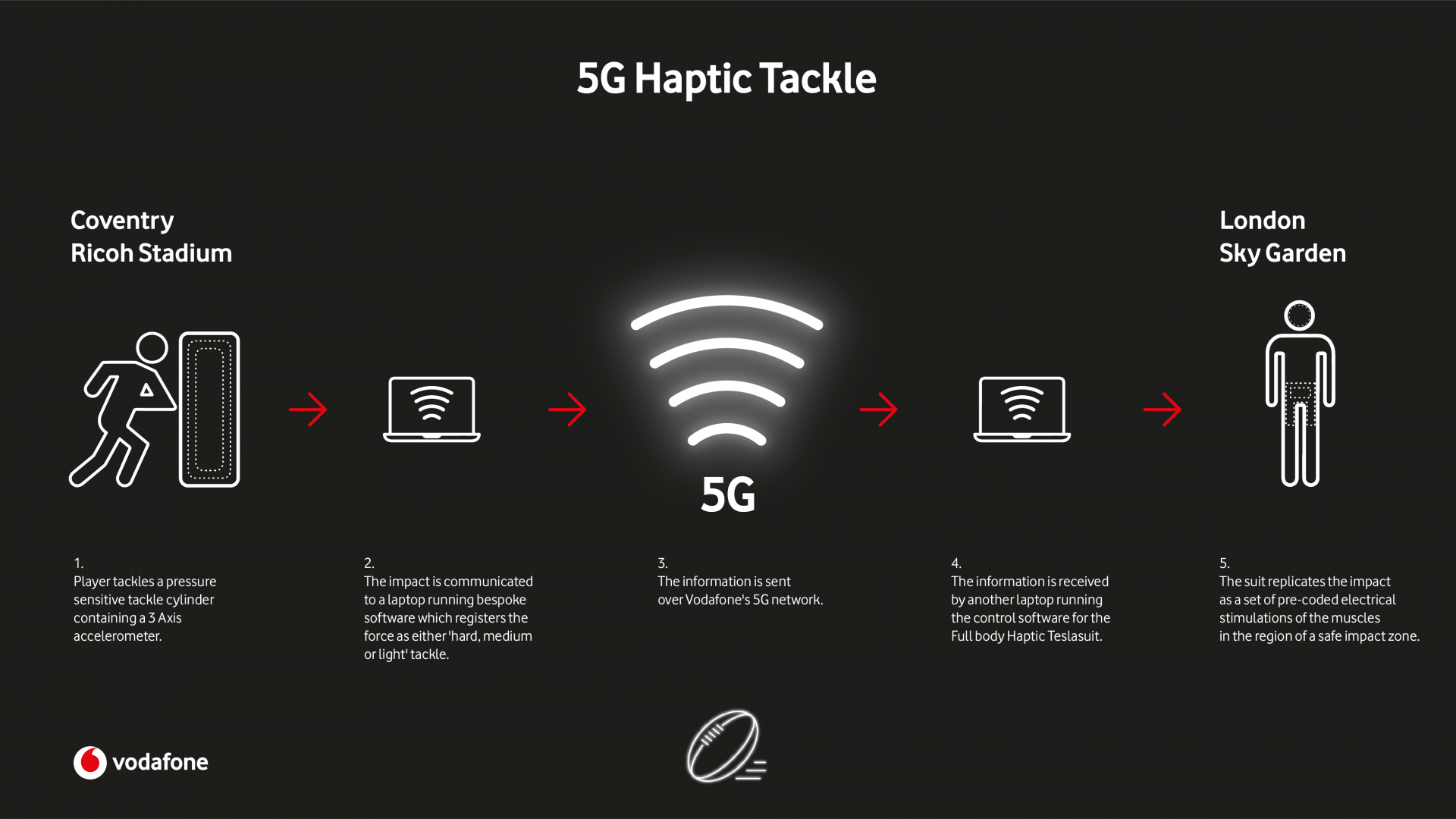
Practical applications of advanced haptics and telepresence are already being piloted.
For example, French company GoTouchVR is pioneering virtual reality (VR) flight simulators enhanced with haptics. This enables trainee pilots to become more intimately acquainted with the very feel, layout and physical proximity of the controls they’ll be handling in real life.
And Allison Okamura, Professor of Mechanical Engineering at Stanford University, is researching haptic telepresence technology sophisticated enough not just for training surgeons but also for performing surgery on a remotely located patient.
Haptic telepresence could also have valuable applications in aiding search-and-rescue workers in disaster zones and other dangerous areas.
Imagine how a haptic-enabled robot could aid in the defusing of intricately dangerous bombs and mines, a situation where a dexterous touch can be a critical factor in success but where you wouldn’t want to risk a human being if it can be avoided.
There’s an even more inventive use of haptic telepresence though.
At Ben-Gurion University in Israel, researchers have taught dogs to respond to haptic commands. The dogs wear specially equipped vests through which they receive the wirelessly sent instructions.
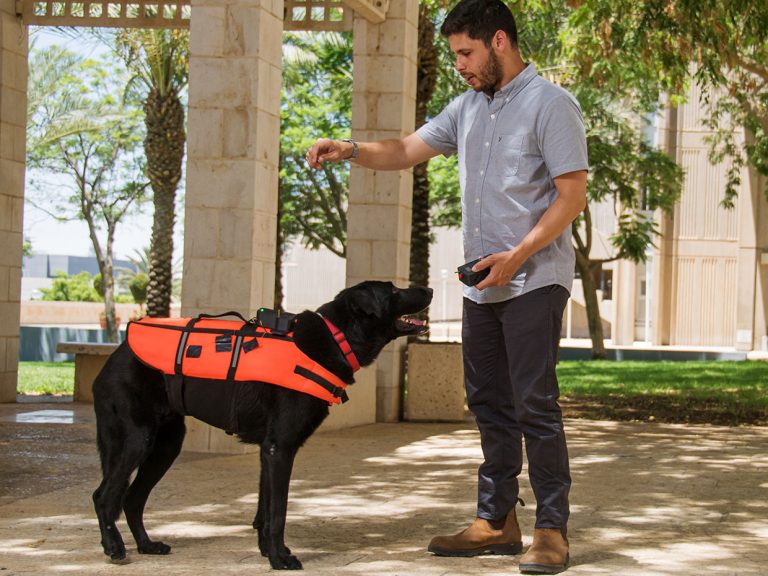
Dogs commanded via haptic telepresence could be a lifesaver in situations where rescue dogs have to work in noisy areas, where vocal commands could be missed, or in cramped and rubble-strewn situations when their handlers are not always in the line of sight. The technology could also be invaluable for disabled people with impaired speech who still need a way of instructing their guide dogs.
The intersection between haptics and telepresence is clearly rich with the potential to improve our lives in so many unexpected ways, many of them enabled by the speed and low latency of 5G.
“Haptic technology will play a huge part in our future from healthcare to gaming,” says Scotty Petty. “Along with telepresence, haptics demonstrates the power and capabilities of 5G – its speed and low latency opens up a wealth of new opportunities that have not been possible before.”
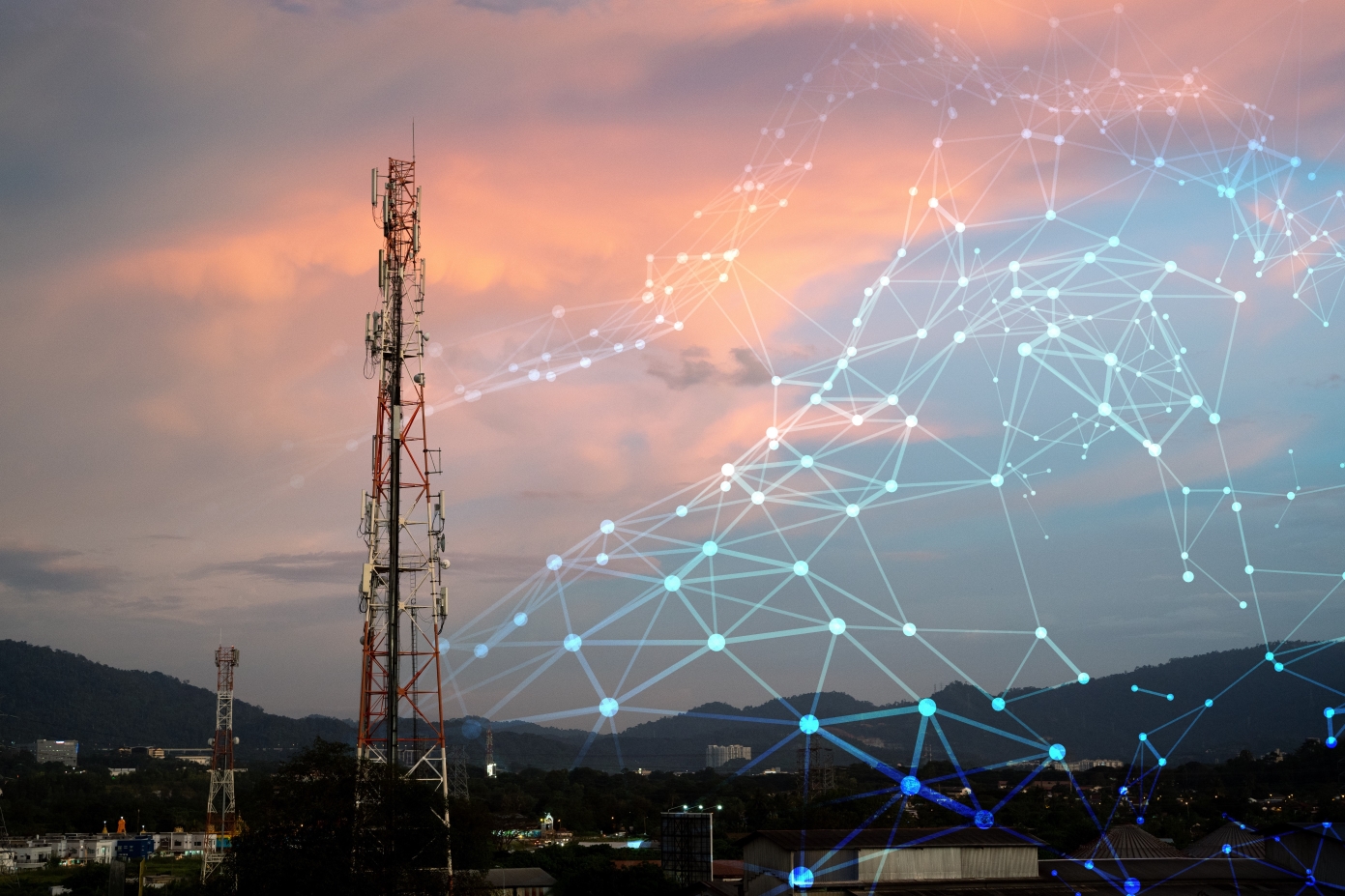
![pick and mix sweets assortment with scoops [Adobe Stock] stock photo of sweets at a pick and mix confectionary stand](https://www.vodafone.co.uk/newscentre/app/uploads/2024/02/pick-and-mix-sweets-assortment-with-scoops-Adobe-Stock.jpg)
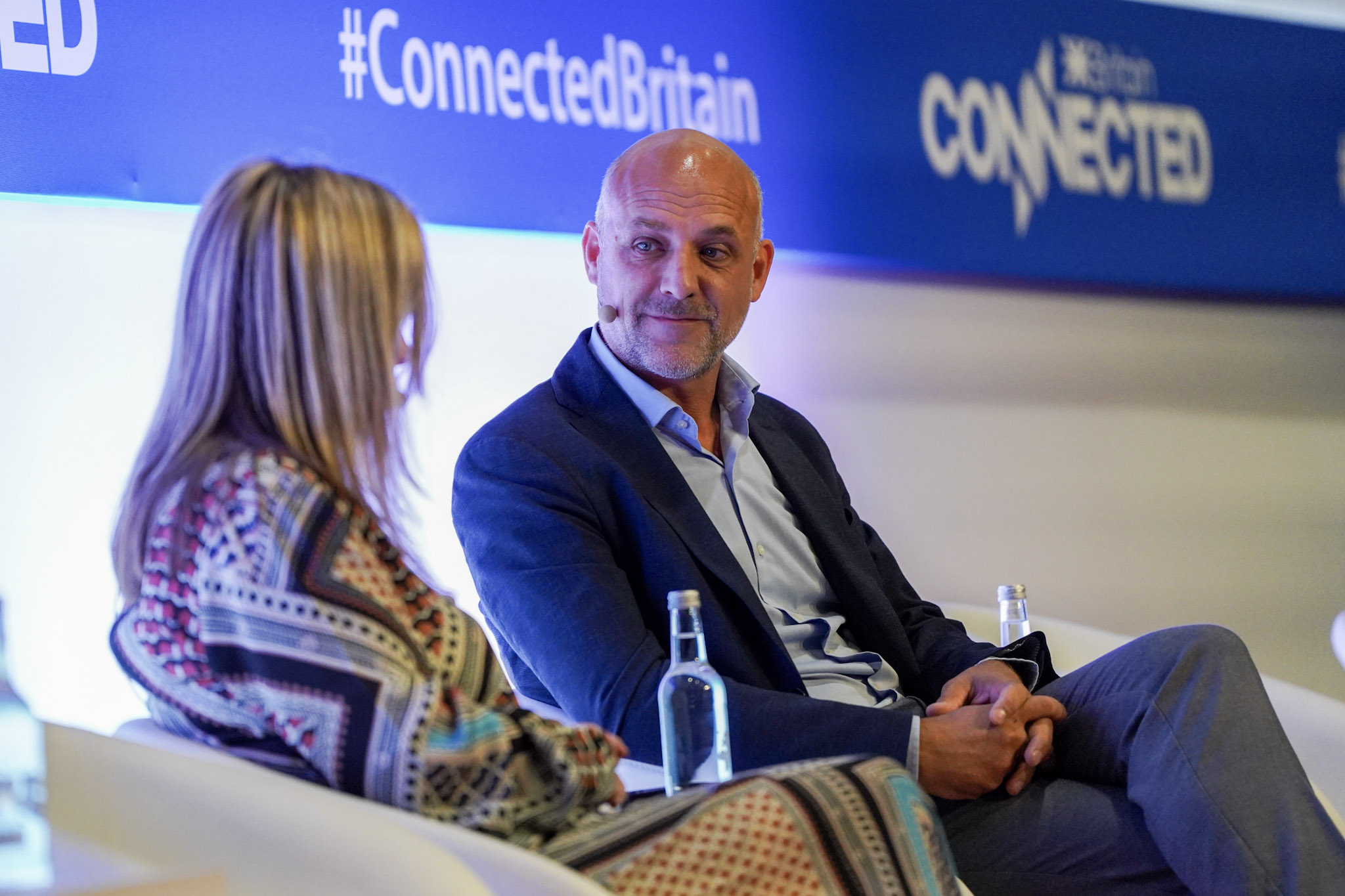
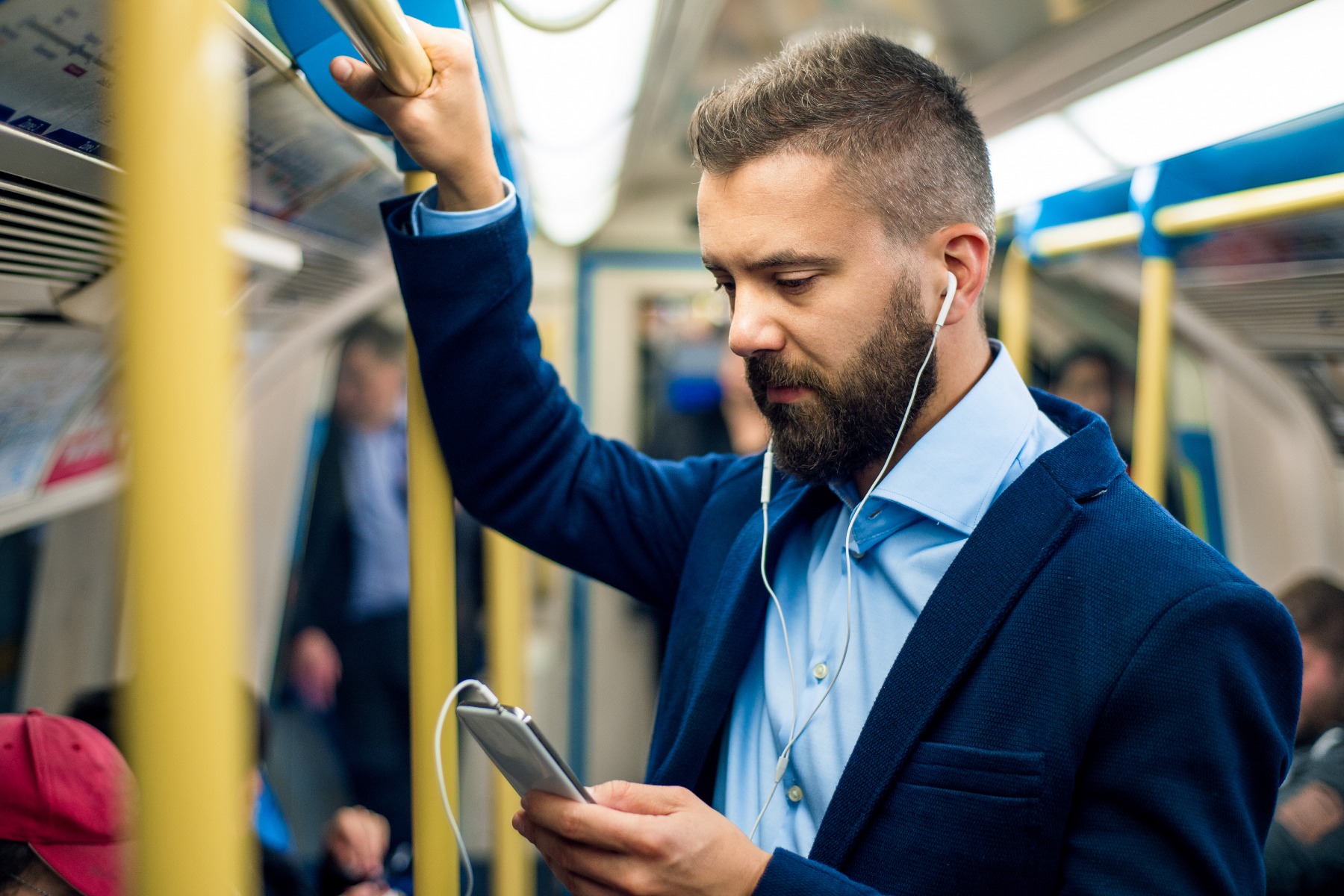
![Spectator watching tennis and taking photo[Adobe Stock] stock image of a spectator watching tennis and taking a photo using their smartphone](https://www.vodafone.co.uk/newscentre/app/uploads/2023/07/Spectator-watching-tennis-and-taking-photoAdobe-Stock.jpg)